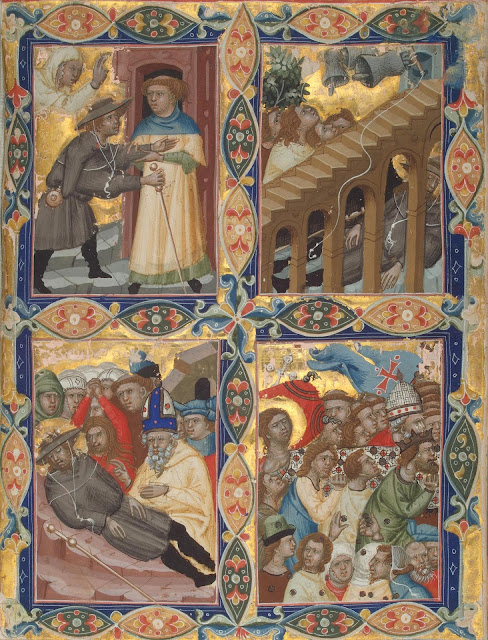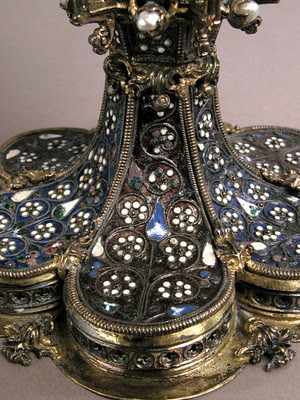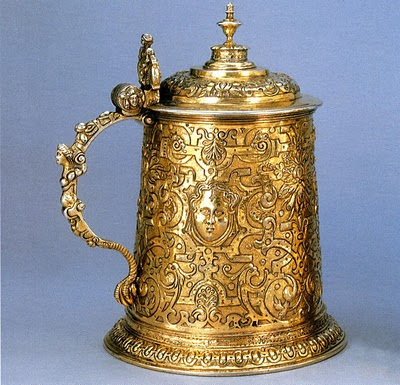
The long-awaited English edition of the monograph on the Hungarian Angevin Legendary, written by Béla Zsolt Szakács, has finally been published by CEU Press in Budapest.
The Hungarian Angevin Legendary is perhaps the most important illuminated manuscript connected to the Angevin rulers of Hungary. It is a painted legendary, which in its current fragmentary state presents 58 legends (including the life of Jesus Christ and the Virgin Mary) on lavishly illuminated pages. Each page contains four scenes from the lives of the saints, and the images are only accompanied by short captions. The largest part of what remained of the codex was bound together in the eighteenth century in a volume housed in the Vatican Library. Some of the missing pages, often incomplete, have found their way into collections from the United States to Russia - most of the pages being preserved at the Morgan Library.
As of today, altogether 142 leaves from the Legendary (some of them fragmentary) are known in six different collections of the world. Since the digitization of the codex Vat. lat. 8541 by the Vatican Library, images of every page are available online (I have collected all the pictures on Pinterest). It is possible that some other fragments will come to light, as the original number of folios is estimated at 176. The quality of its execution and its sheer size indicate that the manuscript must have been a royal commission, and its iconography – rich in Hungarian and Angevin saints – suggests it was created for the court of the Hungarian Angevin kings.
 |
| Scene from the Legend of St. Ladislas (Vatican Library) |
The book was originally published in 2006 in Hungarian. The English edition has been updated, among others with additional bibliographical references, and it also contains a much higher number of illustrations than the original version. The new volume was presented by Ernő Marosi at CEU on June 23, 2016. The book is available at the publisher as well as at any good bookseller.
 |
| Scenes from the Life of St. Alexis. The State Hermitage Museum |
 |
| Scenes from the Life of St. Francis. The Metropolitan Museum of Art |
Béla Zsolt Szakács (PhD 1998) is head of the Department of Art History at Pázmány Péter Catholic University and associate professor of the Department of Medieval Studies at CEU, also contributing to the Cultural Heritage Program. He has been active in a CEU research project focusing on the visual resources of medieval East Central Europe in the framework of which he was extensively dealing with the Hungarian Angevin Legendary. His major research fields are Christian iconography, medieval architecture in Central Europe and the history of monument protection.
Bibliographical data: Béla Zsolt Szakács: The Visual World of the Hungarian Angevin Legendary (Central European Cultural Heritage Series, Volume I.). Budapest: CEU Press, 2016 (350 pages, 142 color illustrations, ISBN 978-963-7326-25-7)
Every surviving part of the manuscript is available online, please use the links below:
Vatican Library, Vat. Lat. 8541
New York, The Morgan Library, M.360.1-26
St. Petersburg, The State Hermitage Museum
New York, The Metropolitan Museum of Art
Paris, Musée du Louvre (more information on this leaf here)
Berkeley, The Bancroft Library


.jpg)
















